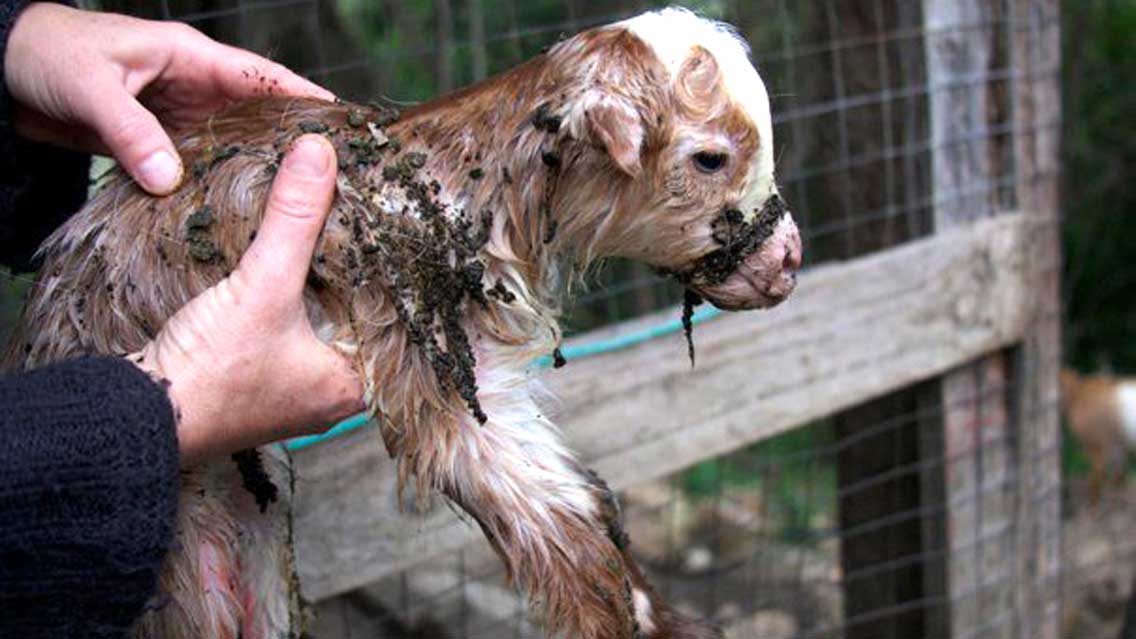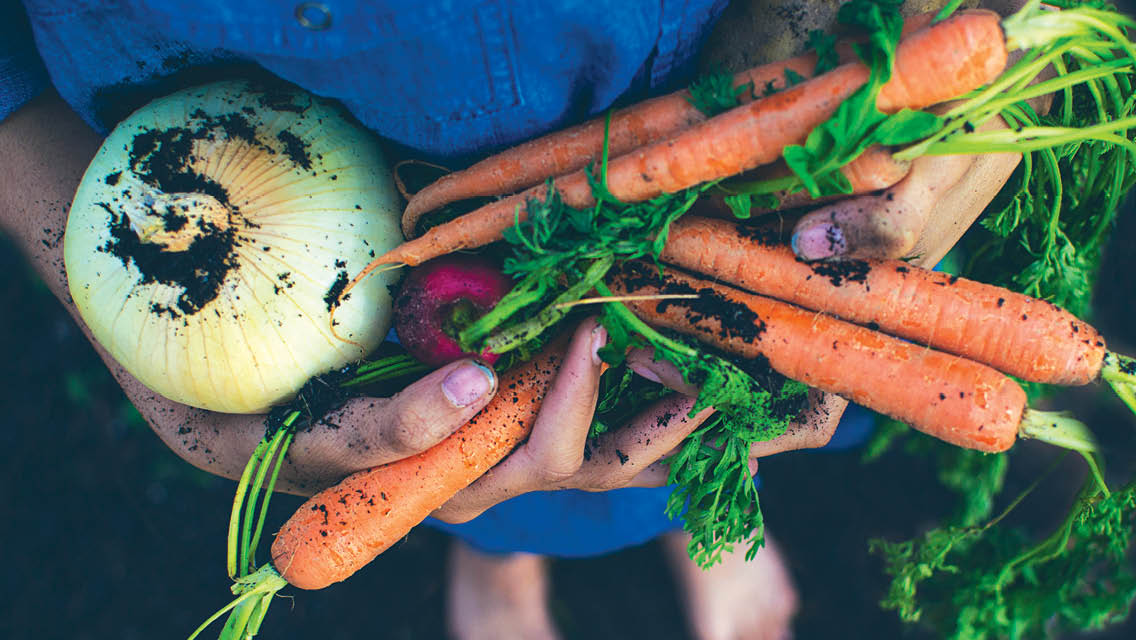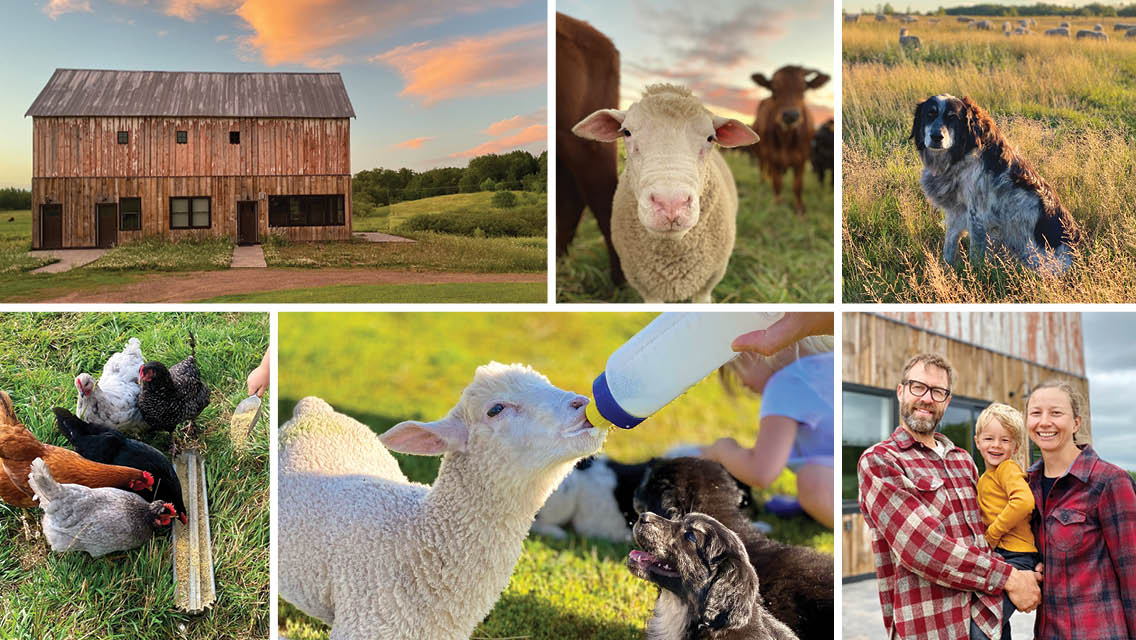“Do you know where your food comes from — or how it got here?” I’m not a gambler, but I’d bet most of us heard some variation of this question a time or two when we were kids. Perhaps it was during the educational curriculum about our food systems. Or maybe it was posed to us when we took the food on our plates for granted.
Growing up in rural southwest Wisconsin, I learned early on that much of the livestock raised in the barns and on the pastures of our family farm, as well as the crops grown in the surrounding fields, would eventually become products in our grocery stores. I knew the dairy cows on my grandparents’ and uncles’ farms were sources of the milk, yogurt, and cheese we could buy; that the pigs and beef cows my grandpa and dad raised would eventually be sold at a deli or meat counter.
Now, raising my daughters in a metro area, I realize how fortunate I was to see agriculture in action as part of my daily life: to witness my dad’s dedication to caring for the animals and the land; to understand the sacrifice that farming requires; to enjoy much of that produce straight from the source.
I remember helping our neighbor in her massive garden — and by “helping” I mean picking and eating the fresh strawberries as soon as they were in hand. And I recall that right outside our back door, we filled huge seed bags with just-picked sweet corn that we’d enjoy for weeks while it was at its peak.
I took so much of this for granted, only considering much later that many people never get to experience what I lived during my first 18 years.
“I realize how
fortunate I was to
see agriculture in action as part of
my daily life.”
It’s why my family plants a garden in the corner of our backyard every spring: Leafy greens, green beans, tomatoes, onions, cucumbers, and herbs — a few of which we even start from seeds — make it to our plates from June to September. (To take part in this month’s “One Healthy Habit” challenge to eat more veggies.)
It’s why my daughters spend a week on the farm with their grandparents every summer. They help grandpa feed the cows, and they ride with him in the tractor as he bales hay or harvests winter wheat. They pick ripe red raspberries with grandma (just as I did with my own grandma, from the very same bush) and learn to make jam.
My hope is that because they don’t live that life every day, they’ll appreciate the food they eat and understand the effort it takes for it to arrive on their plates much sooner than I did. I think that’s pretty likely, based on the passion that their generation is already showing for sustainability and environmental consciousness.
As you peruse our annual food issue, I hope you’re inspired to explore your own early experiences with food and consider how they’ve shaped you (read Tlingit writer Kate Nelson’s journey with this in “An Indigenous Woman’s Journey to Decolonize Her Diet”). Perhaps it will jog a memory (see chef Justin Sutherland’s cover story) or prompt you to make that favorite family recipe (and maybe put a healthy twist on it, like we do in “5 Picnic Salad Recipes”).
Whatever you do, I hope you feel more connected to and informed about the food you grow, purchase, and enjoy. Let’s eat!





This Post Has 0 Comments